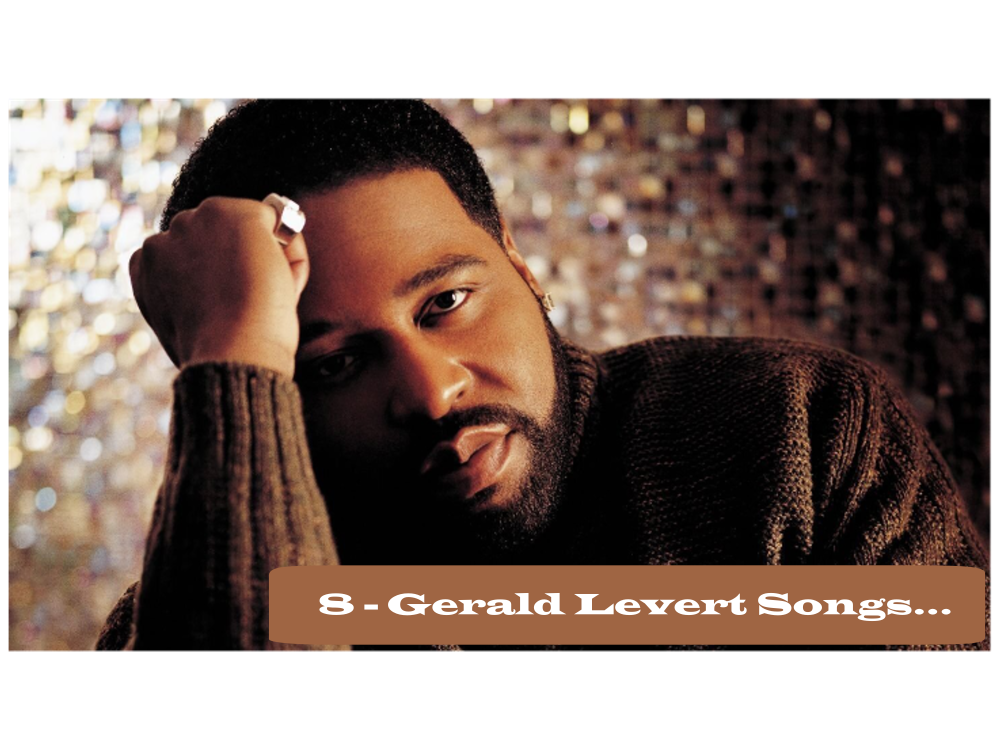(ThyBlackMan.com) Everybody wants to go to heaven but nobody wants to die. Death is one of those subjects that we tiptoe around. The reality is death is a certainty of life. Nobody knows the exact hour. To ensure that your goals, dreams, wishes and responsibilities to your dependents don’t cease with you, it’s important that we plan for our mortality.
I’m not suggesting that you go and select a casket, the outfit that you want to be buried in or your cemetery plot. I’m suggesting that you enhance and/or preserve your economic value so that those who rely on your income can move forward financially and carry out the goals that you shared without changing their standard of living or becoming destitute. When you have dependents such as a spouse, young children, parents, other blood relatives or anyone who depends on your income or the services that you provide you have economic value.
It’s common in today’s culture that both parents work. Both incomes are relied upon to make ends meet. A working spouse’s income is what is used to feed and clothe the family, keep the lights on and pay the bills. Should the  working spouse experience an untimely death that spouse’s income stops yet the dependents need to be fed, clothed and have a roof over their head remains. How will the surviving dependents pay for it without the deceased income?
working spouse experience an untimely death that spouse’s income stops yet the dependents need to be fed, clothed and have a roof over their head remains. How will the surviving dependents pay for it without the deceased income?
A stay at home mom has economic value to the household. She sees the kids off to school, cooks, and clean in addition too countless other task. Should she experience an untimely death, you’ll need to hire Super Nanny to do all the work that she does. The difference is you’ll have to pay Super Nanny.
Your need to preserve your economic value diminishes if you’re single with no dependents. You’ll undoubtedly be missed should you die. However, the loved ones you leave behind will be able to continue to fend for his or herself. Your need to preserve your economic value also diminishes as you age. Over time your children will grow older, wiser, and more independent while you’ll continue to amass your personal savings. As they mature, you’ll eventually stop supporting your dependent children. In addition, your savings will grow to a point where you’re self-insured.
Until personal savings is large enough to provide for the long-term needs and carry out the goals and wishes you and your family shared. Life insurance can be used to partially replace or fully replace the lost of your income or economic value in the event of an untimely death. Most people mistakenly believe that the purpose of life insurance is for burial expenses. Paying for burial expenses is a small component of life insurance. The real need for life insurance is to replace the income or economic value of the deceased.
Types of life insurance:
There are two types of life insurance: term insurance and cash value insurance.
With term insurance, you insure your life for a certain amount of money for a fixed period of time. Term insurance is by far the cheapest and purest insurance program available. Term insurance is the only type of life insurance that I recommend. Hands down, term insurance gives you the biggest bang for your buck. There are four types of term insurance—annual-renewable term, guaranteed-level term, decreasing term and convertible term insurance. Without going into details about the various term insurance, I’ll suffice it to say that guaranteed-level term is your first choice and usually the only choice you’ll need.
With cash-value insurance, you buy insurance protection for a specific face amount as well as a savings account with the insurance company. The goal is to build a cash-value that will eventually equal the face amount of the insurance policy by the time you’re 100 years old. As you continue to build up savings inside the insurance policy you’re eventually becoming self-insured. The difference between the face amount and the cash-value amount is called the net amount at risk. The net amount at risk is the amount the insurance company is on the hook for in the event of an untimely death. For example, if you have a cash-value insurance policy with a face amount of $100,000 and a cash-value of $10,000, should something happen to you and you die, the insurance company will cut you a check for $100,000. They keep the $10,000 cash value. Their net amount at risk was $90,000. For this reason in the fact that cash-value insurance is very expensive and the rate of return on the cash value is relatively small in comparison to similar investments, I’m not a fan of cash-value insurance.
There are three types of cash-value insurance: whole-life, universal-life and variable-life insurance. There are various differences between the three. The primary difference is what saving or investment products are being used to build your cash-value.
How much life insurance do you need?
If someone relies on your income or economic value, you should have life insurance that equals 10 to 15 times your annual income. Therefore, someone earning $50,000 per year will need guaranteed-level term insurance with a face amount between $500,000 to $750,000. I generally recommend 20-year guaranteed-level term insurance. However, the term portion of your insurance can coincide with how long it will be before your children are grown and/or how long it will be before your personal savings and other income sources are sufficient to provided for your survivors.
Written By Damon Carr
Official website; http://www.allcreditexperts.com

















Leave a Reply